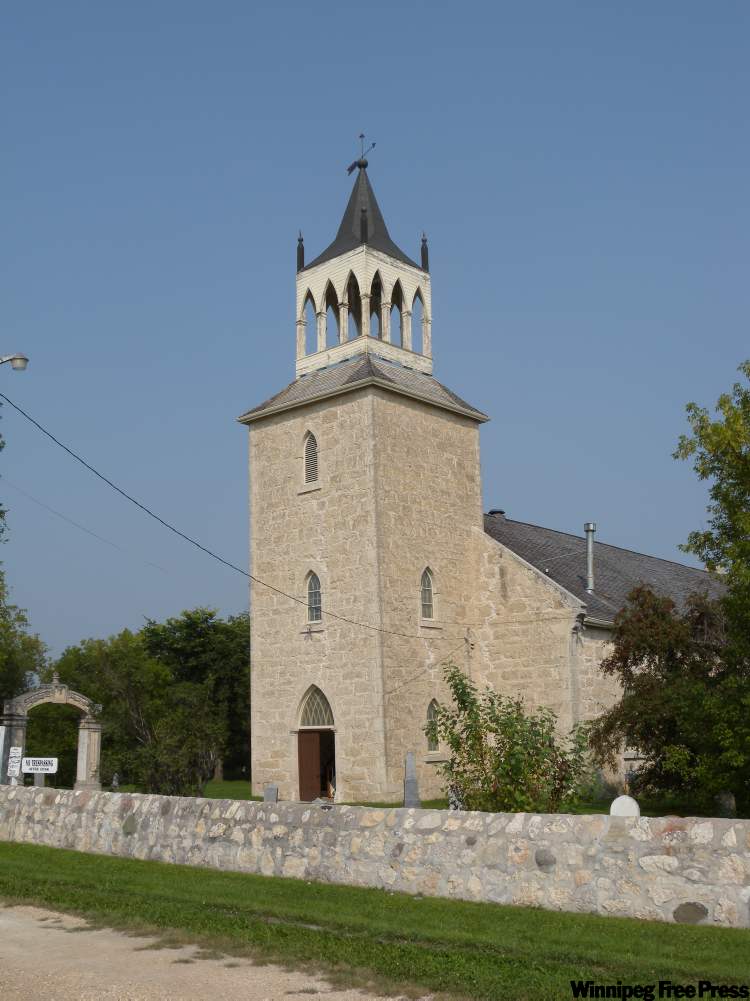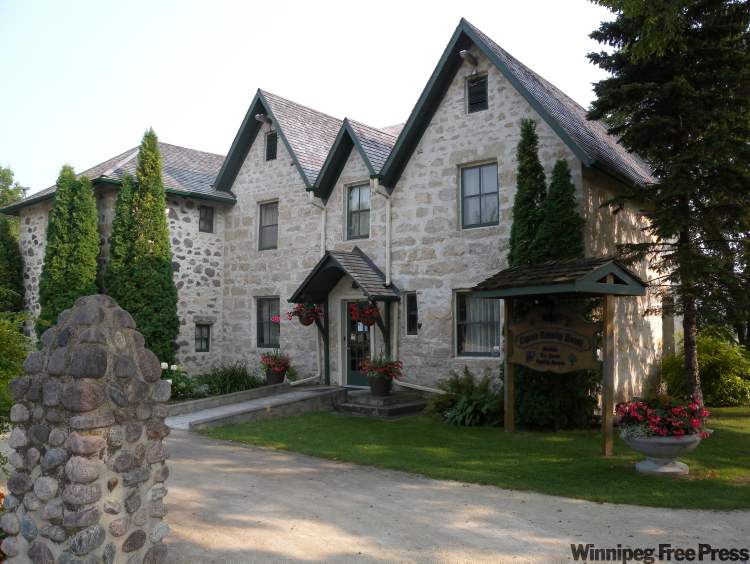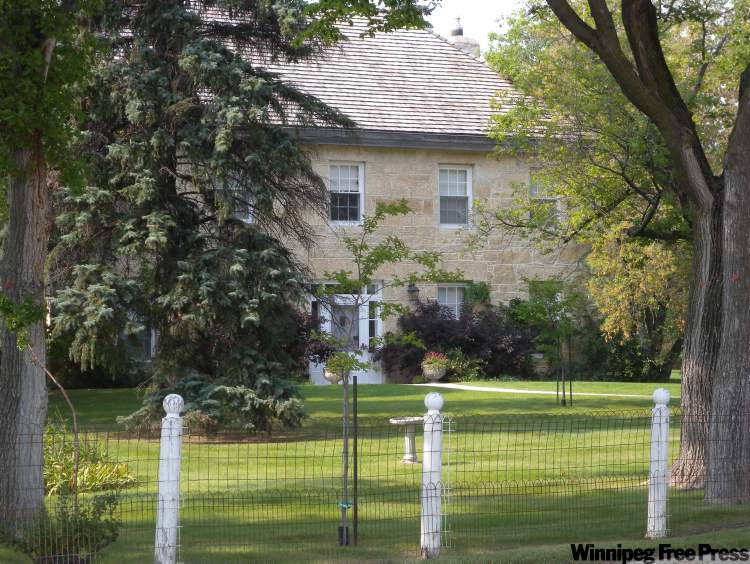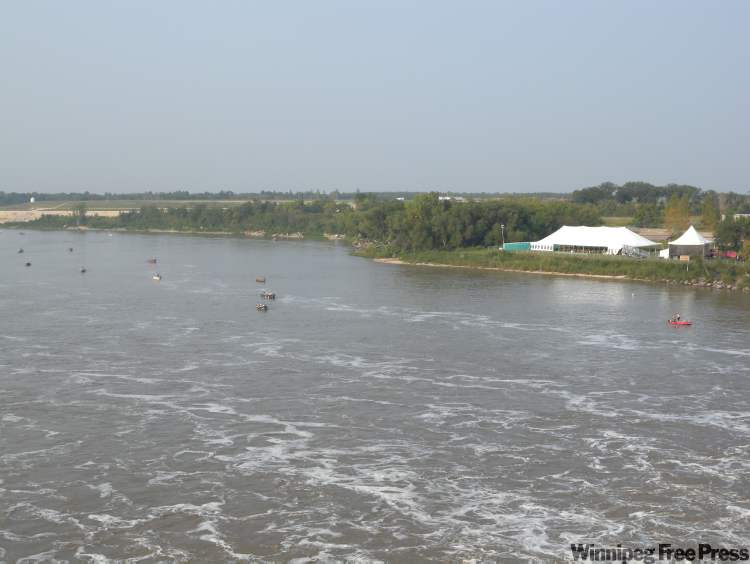Cycling along the Red
Advertisement
Read this article for free:
or
Already have an account? Log in here »
To continue reading, please subscribe:
Monthly Digital Subscription
$0 for the first 4 weeks*
- Enjoy unlimited reading on winnipegfreepress.com
- Read the E-Edition, our digital replica newspaper
- Access News Break, our award-winning app
- Play interactive puzzles
*No charge for 4 weeks then price increases to the regular rate of $19.00 plus GST every four weeks. Offer available to new and qualified returning subscribers only. Cancel any time.
Monthly Digital Subscription
$4.75/week*
- Enjoy unlimited reading on winnipegfreepress.com
- Read the E-Edition, our digital replica newspaper
- Access News Break, our award-winning app
- Play interactive puzzles
*Billed as $19 plus GST every four weeks. Cancel any time.
To continue reading, please subscribe:
Add Free Press access to your Brandon Sun subscription for only an additional
$1 for the first 4 weeks*
*Your next subscription payment will increase by $1.00 and you will be charged $16.99 plus GST for four weeks. After four weeks, your payment will increase to $23.99 plus GST every four weeks.
Read unlimited articles for free today:
or
Already have an account? Log in here »
Hey there, time traveller!
This article was published 26/08/2010 (5545 days ago), so information in it may no longer be current.
River Road Provincial Heritage Park
Lockport Provincial Park
Who knew the road that I grew up on is a provincial park? I had no clue about this until I began planning the schedule for my travels. River Road in St. Andrews, roughly 15 kilometres north of the Perimeter Highway, is a provincial park that commemorates the history of settlement along the banks of the Red River.
In the mid-19th century, the Red River and River Road were the primary transportation routes between the Red River settlement (Winnipeg) and Lower Fort Garry (north of present day Lockport). Retired fur traders began to purchase land along the Red River, in the Parish of St. Andrews, and began to establish homesteads.

The River Road Provincial Heritage Park consists of a series of small roadside parks between the road’s start at Highway 9 — near Larters at St. Andrews Golf and Country Club — and Lockport.
My travel companions and I decided that the best way to visit this park was to bicycle along the road, stopping at each of these road-side parks. Conveniently our bike ride would culminate in Lockport, where the St. Andrews Lock and Dam’s 100th birthday celebration was taking place.
River Road is ideal for cycling, with only a few small hills and smooth, paved bike paths. The road follows the Red River for 11 kilometres, beginning at Highway 9 and terminating at the same highway just north of Lockport. There is an interesting blend of historic sites, like St. Andrews Church and Captain Kennedy House, and modern homes along the road. There are excellent river views along its entire length.
The first park in the series that makes up River Road Provincial Heritage Park is directly across the road from the golf course. There is a great view of a large bend in the river from this park. This is the place where you can park your car, unload your bikes, and use as a starting and end point for a bicycle trek.
Two kilometres north, the next road-side park is an excellent spot for fishing and picnicking. A platform of steel-reinforced limestone on the river bank provides a spot for casting into the river, while a small grassy area and several picnic tables make this spot a popular place for afternoon picnics.
Passing my old house and roughly one and a half kilometres further along River Road, the preserved heritage of St. Andrews is first showcased, with Scott House. Scott House, built during the 1830s, is the only remaining structure from the early period of the St. Andrews settlement. Descendants of the Scott family lived in the house until the early 1960s. The house can no longer be entered because of long-term structural damage, but the interpretive signage make it worth a quick stop to see how the pioneers of Manitoba lived.

Slightly further down the road is Twin Oaks, a former girls’ school, built in 1858. The school provided a “proper English” education for the daughters of Hudson Bay Company officers from all across what was then known as Rupert’s Land. Twin Oaks is now a private residence, however a stone cairn across the road tells the story of the building’s past. Twin Oaks is currently for sale, so for $1.15 million you could purchase a piece of Manitoba’s history.
Next we stopped at St. Andrews Church, the oldest stone church in Western Canada that is still actively in use. Construction of the church was completed in 1849 and the surrounding cemetery contains the graves of the early settlers of St. Andrews. It’s worth stopping in at the church and the rectory across the street (a national historic site), to see a treasured piece of Manitoban history.
After stopping at the church, we arrived at Captain Kennedy House. The two-storey stone house was built in the 1860s by Captain William Kennedy. Kennedy was a former Hudson Bay Company factor, Arctic explorer (he spent several years searching for the ill-fated Franklin expedition), and missionary. Today the house serves as a showcase for the furnishings of that time and a museum chronicling Captain Kennedy’s life. At the rear of the house are the Maple Grove Tea House and a spectacular river front garden. The tea house serves a wide variety of tea, to go along with sandwiches and desserts. The prices are reasonable and the river-front patio setting is beautiful. If you’re biking the River Road, Captain Kennedy House serves as an excellent spot to stop for some refreshments.
The last road-side park that makes up River Road Provincial Heritage Park is at the corner of River Road and Donald Road, two kilometres north of Captain Kennedy House. The park overlooks a large marsh that is separated from the river by the River Road. I had always thought that the marsh was part of the river at one time, but as a plaque there indicated, the marsh was a former limestone quarry. All the limestone that was used to build Scott House, Twin Oaks, Captain Kennedy House, St. Andrews Church, and other buildings of the early St. Andrews settlement was cut from this quarry.

//
Finally reached Lockport, about one kilometre further north. The town was celebrating the 100th anniversary of the opening of the St. Andrews Lock and Dam and the founding of the town. The Lock and Dam was christened in 1910 by Prime Minister Wilfrid Laurier and was originally intended to be the first component of a waterway that was to stretch from Winnipeg to Edmonton. The subsequent development of trans-continental trucking resulted in this waterway never leaving the planning stage.
The party in Lockport was in full swing when we arrived. A children’s park was set up on the west bank of the river, while across the river on the grass field of Lockport Provincial Park, a stage was set up for performers Chantal Kreviazuk and George Canyon, among others. Lockport Provincial Park is currently not much more than a riverside field, as the Kenosewun Interpretive Centre at the park’s centre, showcasing ancient aboriginal artefacts, was damaged by flood waters in 2009 and hasn’t reopened.
No stop in Lockport for me is complete without visiting Sonia’s Stand on Henderson Highway. Sonia’s has been in business for almost 90 years, almost as long as the Lock and Dam has been operating. This small window-service burger joint serves, in my opinion, the best cheeseburgers in Lockport and maybe in all of Manitoba.
Our bike journey provided a great day’s outing in close proximity to the city. I highly recommend it to anyone who wants to get to know Manitoba’s heritage a little better and get some exercise at the same time.

For several weekends now, circumstances outside of my control have prevented me from travelling to the Duck Mountain area. It looks like I’m finally going to get out there this weekend, if luck is on my side.
Parks visited in today’s post:
View A(sessippi) to Z(ed Lake) in a larger map


